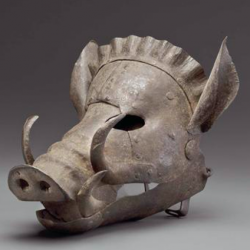Thinking all the way back to February and March of 2020 feels so alien. It’s been over a year and it feels like it’s been so long but simultaneously no time has passed. The beginning of the pandemic was strange. I understood the importance of washing my hands and wearing my mask and keeping my distance from people, but the actual evolution of the emergency was so gradual at the start and then suddenly we were in quarantine and the pandemic was all-consuming. I went from vaguely worried but going about my business to abruptly driving all of my belongings home with me for spring break with the understanding that I wouldn’t be coming back. People were saying that it would only be two weeks, maybe a month, I could expect to be on campus again before the semester was up, but it was clear from the get-go that we were in for the long haul. However, I obviously didn’t realize at the time that the “long haul” was going to be fourteen months and counting.
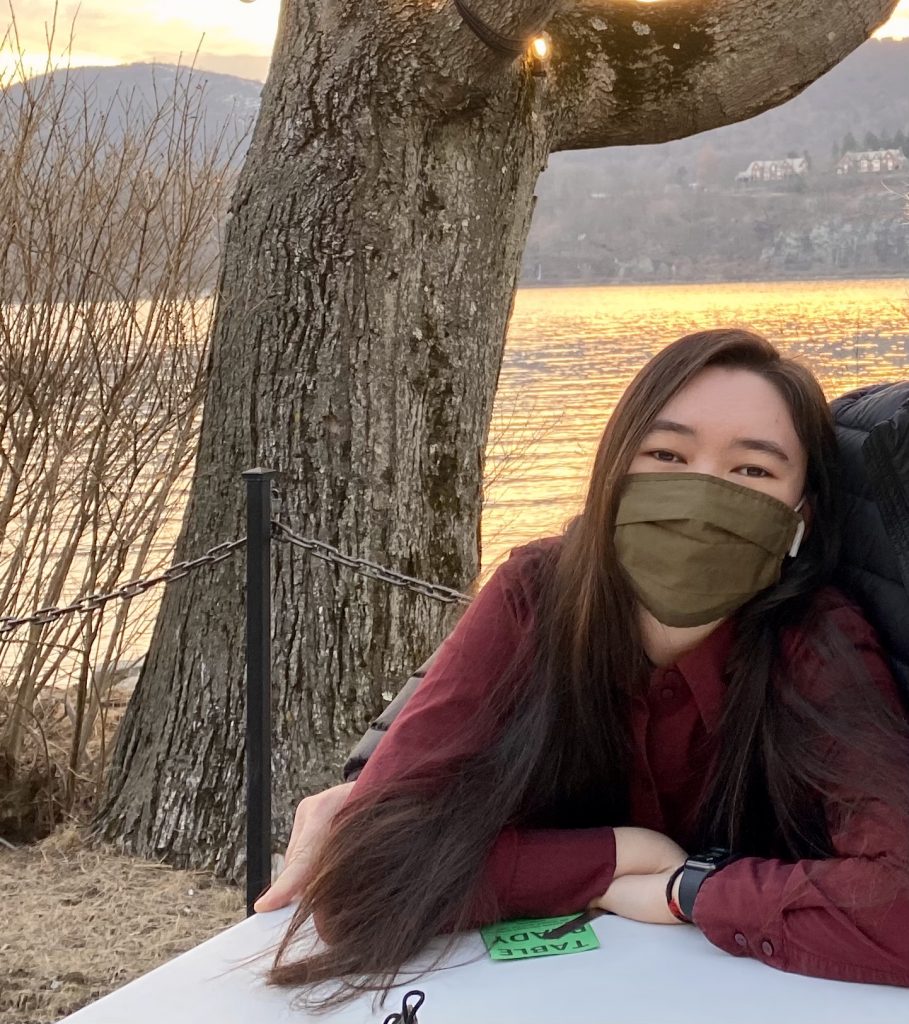
In early March, my mom came home from her work as an elementary school teacher with a packet of blue medical masks. I’d heard about masks and other prevention tactics like social distancing from the radio and TV news. The CDC recommendations have been plastered everywhere since the very beginning and they’re impossible to miss, but it was my mom coming home with that plastic package of disposable blue surgical masks that made it click that this was something real and pertained to me. When I heard about them on the news, I thought that masks were a good idea, but I hadn’t really considered wearing one myself. I’ve always been a homebody so there were very few occasions where I actually needed to leave my house and wear a mask. Up until then, it had just been an abstract concept that had sent me home in the middle of the semester. Those masks were one of the first concrete changes to my life that made me realize that this was really happening. I wasn’t just on an extended spring break, there was a real national health emergency in progress.
The CDC recommendations have been impossible to miss, but it was that plastic package of disposable blue surgical masks that made it click that this was real.
– Una McGowan
I started wearing a mask almost immediately after coming home from Geneseo. Although I didn’t leave the house often, both my dad and sister qualify as immunocompromised and my mom works with schoolchildren so it was really important to all of us that we took as many precautions as we possibly could. Personally, I worked the front desk at the local history museum, greeting visitors until we were shut down, so I also took wearing a mask while engaging with the public very seriously.
The concept of wearing a mask was not completely foreign to me, I’ve heard of the health benefits of wearing them all my life from my Korean family as well as from friends who live in New York City. The transition to wearing them was quick and painless, but I definitely walked out of the house without one enough times that I needed to start carrying a package of new ones in my car. I’m grateful that we’ve started vaccinations and are now slowly transitioning away from needing to be masked all the time, but now I feel like something is missing when I’m out of the house without one on.
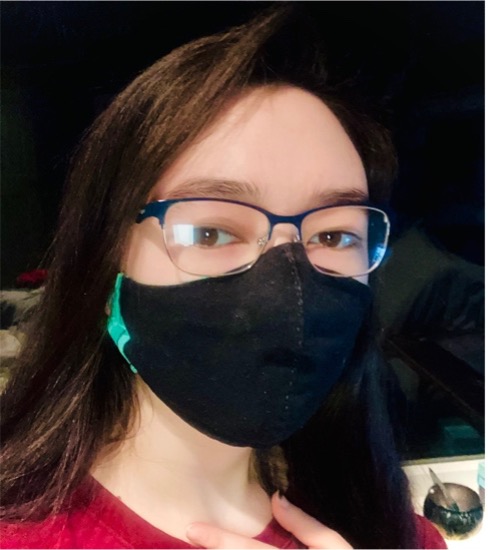
At the very start of the pandemic, I saw a lot of people attempting to make their own masks. I saw people donating handmade masks or wearing custom-fitted coverings over their disposable ones. I have a lot of personal experience with sewing and tailoring, it was a hobby I picked up in middle school that’s proved to be one of the most useful things I’ve ever done, so it was almost inevitable that I would try to make my own. Finding a pattern online that I liked and was sized correctly for my face was easy enough.
I created a double-layer mask out of fabric from a pair of old T-shirts with the filter of a surgical mask in the middle for good measure, and then I finished it off with some elastic to go around my ears. The whole thing was handsewn (I’ve never really liked sewing machines) and I think it turned out well. It sits on my nose comfortably and I can wash it instead of throwing away my reusable masks. However, once I started going out more regularly and the museum started up again (for personnel and in-house work, we’re still closed to the public), I decided to retire it in exchange for higher quality masks made by professionals.
I’ve had a good handful of reusable masks over the course of the pandemic, including an olive drab cloth mask that my military coworkers at the history museum all thought was hilarious and well-suited to the archive of uniforms I was assigned to catalog, but my family and I eventually settled on KF94 masks. KF94 masks are disposable masks originally used and popularized in Korea that offer similar protection to N95 masks without the worry of using up resources that medical personnel need to properly do their jobs.
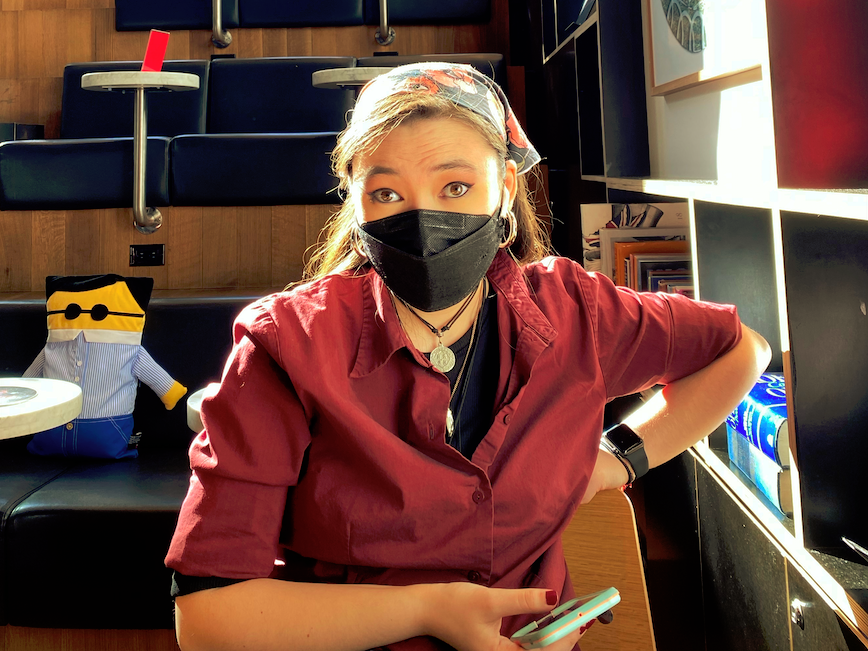
Out of all of the masks I’ve had, the one the most special to me is one I rarely ever wear. Even though it’s huge and barely even fits over a bulky KF94, my favorite mask is the bright blue WMC Health mask that I received after my second vaccine dose. This mask is soft and made of several layers of fabric without feeling smothering, but it also definitely has a “one size fits all” design, with a wide front panel and extra-long ear loops. On its own, it isn’t much use to me, but as a second layer, it works well enough. It’s the most important to me not because of its function but because of where I got it and what it represents. I know that the pandemic isn’t over yet, but that mask and the vaccination it celebrates means that we’re at least in the home stretch.
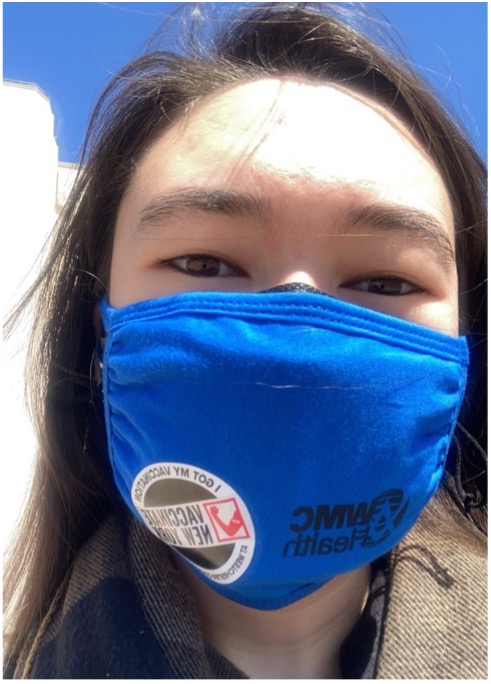
It’s the most important to me not because of its function but because of where I got it and what it represents.
